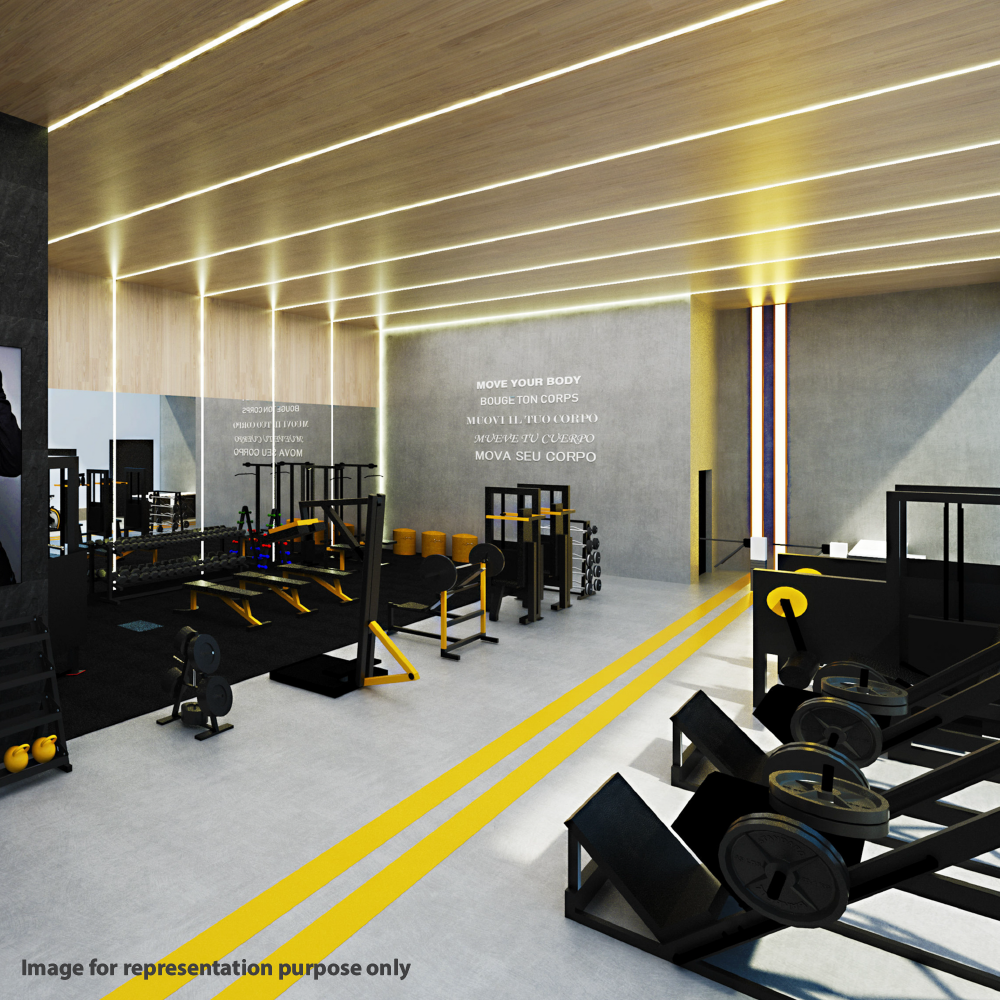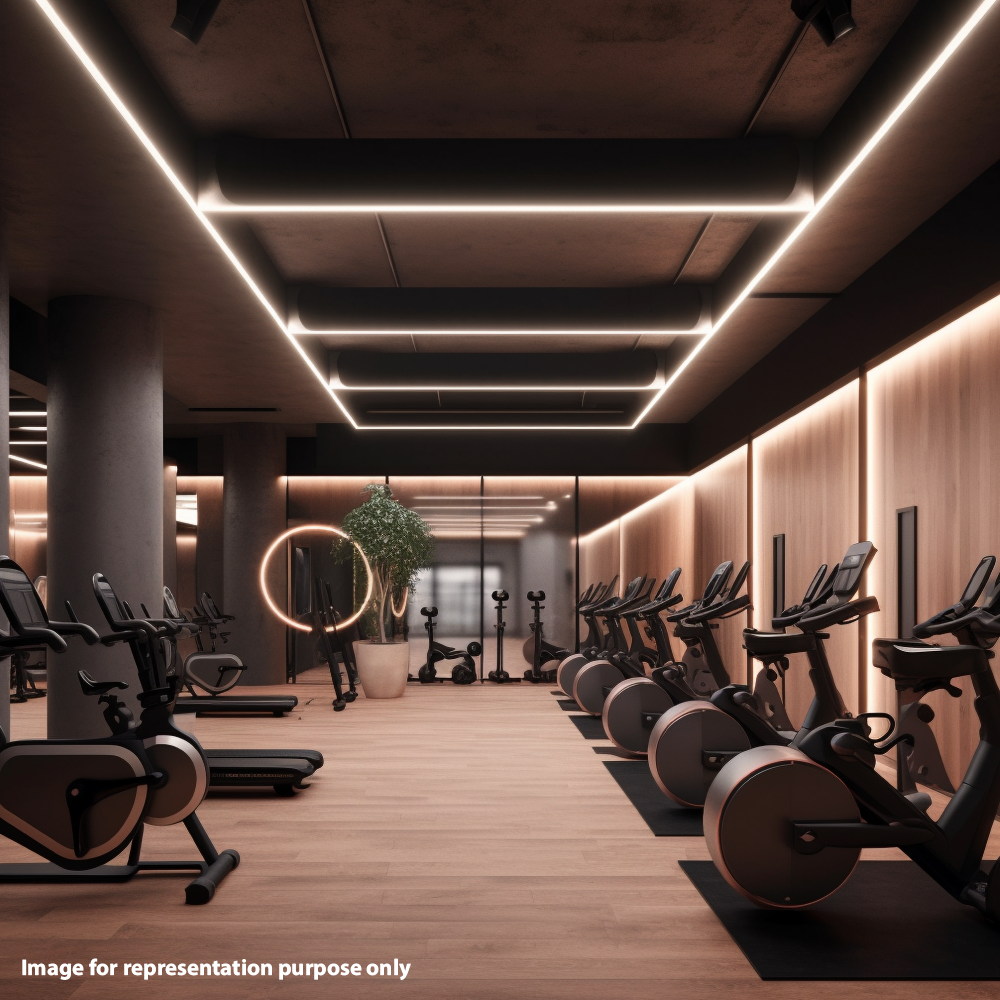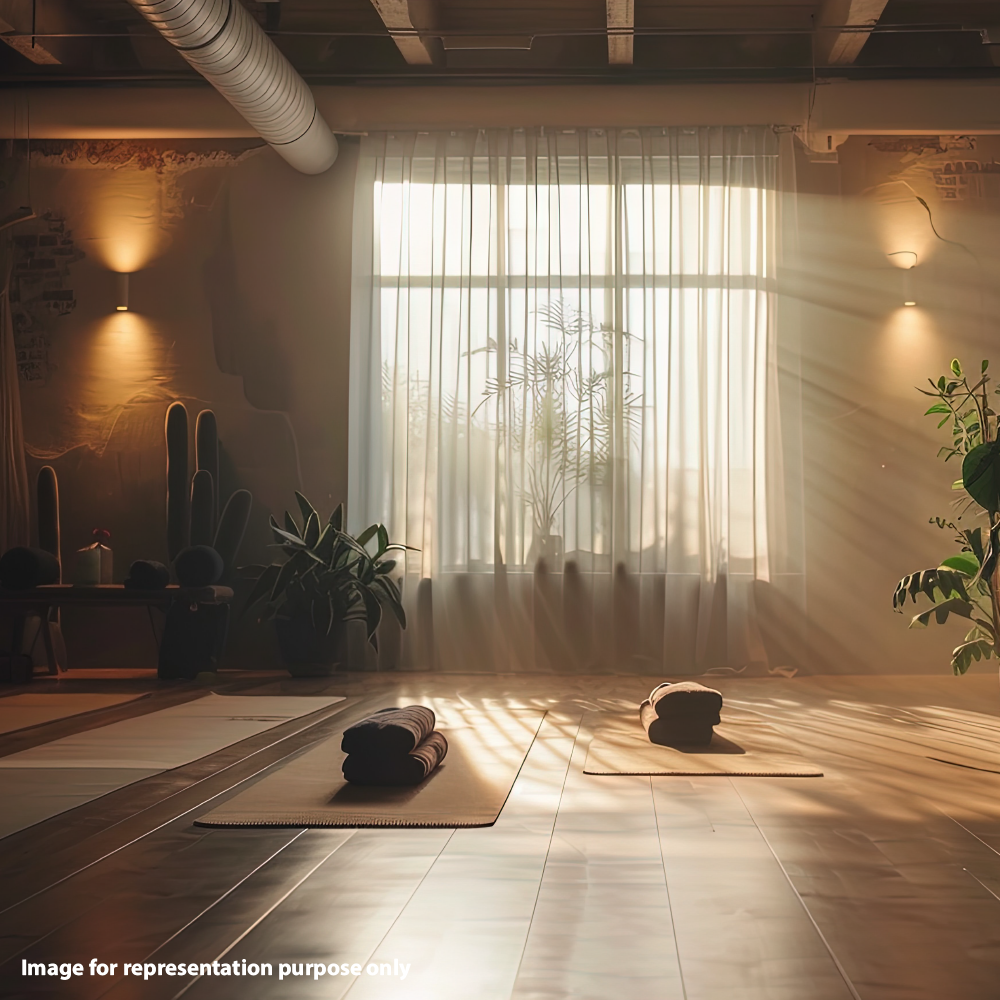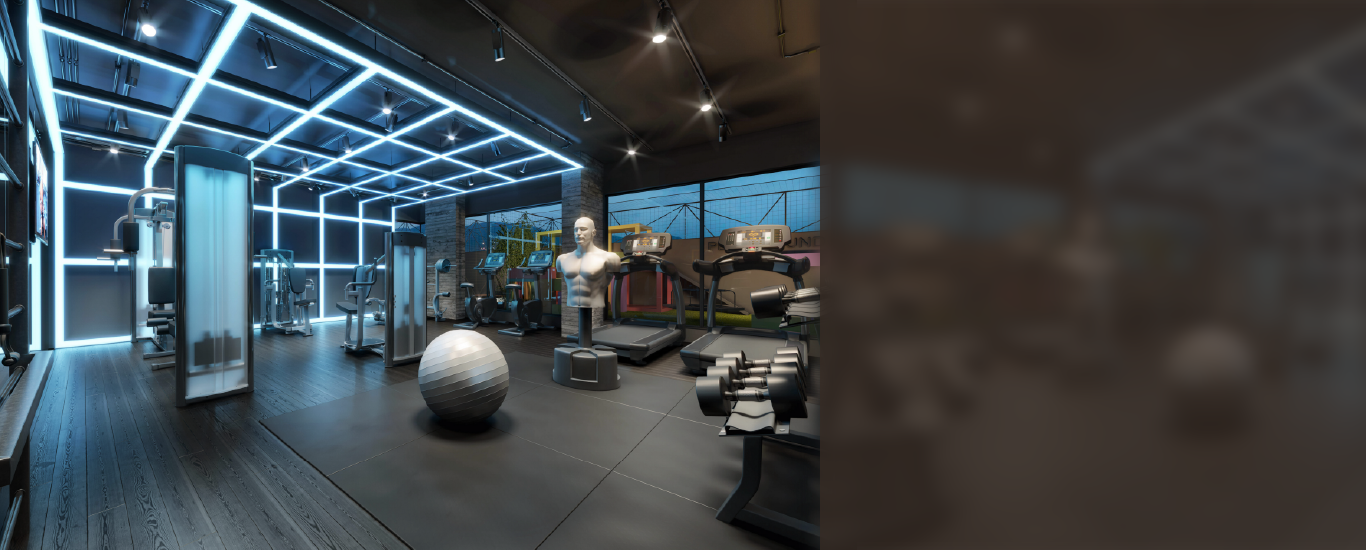Imagine this: you walk into a gym, ready to conquer your workout. But instead of feeling energised, you're met with a dull, uninspiring atmosphere. Harsh overhead lights cast shadows, making it difficult to see equipment. The entire space feels flat and unmotivating. This, unfortunately, is a reality for many gyms.
But it doesn't have to be!
Lighting, often overlooked, plays a crucial role in creating a functional and inspiring environment for your fitness journey. In this blog, we'll shed light on the secrets to choosing the perfect gym lighting ideas. We'll explore different types of gym lighting designs, key factors to consider, and even delve into customisation options for various workout areas. So, get ready to transform your gym from a dimly lit space to a haven of motivation and productivity!
Why Gym Lighting Design Matters
Gym lighting design goes beyond simply illuminating the space. It sets the mood, impacts safety, and can even influence how often your members turn up to the gym! Poor lighting design can lead to eye strain, headaches, and difficulty seeing equipment properly, all of which can deter people from returning. Interior lighting in gyms is crucial for several reasons:
- Safety: Proper gym lighting design ensures gym-goers can see equipment clearly, navigate the space safely, and avoid tripping hazards.
- Performance: Adequate lighting allows for better form and technique during exercise, which can lead to improved results and reduced risk of injury.
- Motivation: The right gym lighting design can create an energetic and inspiring atmosphere, motivating people to push harder during their workouts.
- Mood: Lighting can influence mood. Cooler temperatures can be energising, while warmer tones promote relaxation, allowing you to tailor the ambience to specific workout areas.
- Member Satisfaction: A well-lit gym is more inviting and enjoyable to use, leading to higher member satisfaction and retention.
Different Types of Gym Lighting
In gyms, you'll typically find two main types of lighting, natural and artificial light.
When possible, natural light is a fantastic choice for gyms. It provides a bright, even glow and can boost mood and energy levels. However, natural light availability can be limited depending on the location and layout of your gym.
Artificial lighting is essential for supplementing natural light or creating a well-lit space during evenings or in locations with minimal natural light access. The most common artificial lighting used in gyms are LED and Fluorescent lighting.
LED Lighting is energy-efficient and long-lasting, making it the popular modern gym lighting design. They offer a variety of colour temperatures and dimming options. LED Lights also use significantly less energy and have a much longer lifespan, leading to lower electricity bills and minimises maintenance costs.
Fluorescent lighting, on the other hand, is traditionally used in gyms. However, they are less efficient than LEDs and may flicker, causing eye strain.
Key Factors to Choosing the Right Gym Lighting Design
-
Brightness Levels
Measured in lux, brightness should vary depending on the activity area. For instance, in weightlifting areas, clear visibility of equipment and proper form execution are crucial for safety and optimal results. Or in the case of Cardio zones, a bright and even light distribution allows gym-goers to easily read console displays and maintain good form while exercising on machines.
-
Colour Temperature
Colour temperature refers to the "whiteness" of light and significantly impacts mood and energy levels.
Cooler temperatures of light create a more energetic and stimulating feel. They are ideal for cardio areas where motivation and focus are key. Cooler light can help gym-goers push harder during their workouts.
Warmer colours of light promote relaxation and focus, making them suitable for stretching or yoga studios. Warmer light creates a calming environment that allows for concentration and improved mindfulness during these activities.
-
Uniformity and Distribution
Uneven gym lighting design creates glare and dark spots. Glare can be distracting and even dangerous, while dark spots can make navigating the gym difficult. Here's how to achieve optimal distribution:
- Strategic Fixture Placement: Carefully plan the placement of light fixtures to avoid casting shadows or creating glare on equipment or mirrors.
- Overlapping Light Patterns: Ensure that the light patterns from different fixtures slightly overlap to eliminate any dark spots in the space.
- Task Lighting: Consider incorporating task lighting for specific areas like weightlifting stations for enhanced visibility and focus.
-
Energy Efficiency
Gyms typically operate for extended hours, leading to significant energy consumption. Here's how to make smart choices with these gym lighting ideas:
- Opt for LED lighting fixtures. They are significantly more energy-efficient compared to traditional options like fluorescent lights, leading to lower electricity bills in the long run.
- Choose lighting with dimming options. This allows you to adjust the brightness based on the time of day or activity, further reducing energy consumption during off-peak hours or lower-intensity workouts.
- Consider installing occupancy sensors in specific areas like locker rooms or hallways. These sensors automatically switch off lights when not in use, maximising energy savings.
Designing Optimal Gym Lighting
Once you've chosen the right lighting based on brightness, colour temperature, and other factors, it's time to create a strategic lighting plan for your gym. The two main aspects to consider while designing your gym is placement of your lighting and different zones for various activities.
Placement of Lighting
- Avoid placing lights directly overhead or at eye level, as this can create uncomfortable glare for gym-goers. Opt for angled fixtures or indirect lighting to minimise glare.
- Ensure even light distribution throughout the space. Overlapping light patterns from different fixtures can eliminate dark spots and shadows that can make navigating the gym difficult or obscure proper form during exercise.
- Consider incorporating task lighting for specific areas. For instance, you might install focused lights directly above weightlifting stations to enhance visibility of equipment and ensure proper form during lifts.
- When placing lights near mirrors, avoid casting reflections directly onto equipment or into people's faces. Opt for diffused lighting or strategically placed fixtures to illuminate the mirrors effectively without causing distraction.
Lighting Zones for Different Workout Areas
- Weightlifting areas demand the brightest light with a cooler colour temperature. Bright, cool light enhances focus and allows for clear visibility of equipment, minimising the risk of injury due to improper form. Consider incorporating task lighting above weightlifting stations for added focus.

- For Cardio zones, maintain a bright and even light distribution with a neutral or slightly cooler colour temperature. This gym lighting idea ensures gym-goers can easily read console displays and maintain good form on cardio machines. Avoid placing lights directly in front of treadmills or stationary bikes, as this can create uncomfortable glare.

- In Group Exercise Studios, implement a dimmer system to allow for flexibility based on the activity. Warmer colour temperatures might be suitable for yoga or Pilates, while cooler tones can work for high-intensity classes.
- In Stretching or Yoga Studios, maintain a lower brightness level with a warm colour temperature. This creates a calming and serene ambiance that promotes relaxation and mindfulness during stretching or yoga sessions.

The perfect gym lighting design goes beyond mere illumination. It sets the tone, impacts safety and performance, and contributes significantly to member satisfaction. By understanding the key factors like brightness, colour temperature, and proper placement, you can create a lighting plan that caters to different workout areas.
Remember, well-designed lighting isn't just a detail; it's a powerful tool to elevate your gym and transform it into a space that motivates, inspires, and keeps your members on the path to achieving their fitness goals. So, take the time to invest in the right lighting design, and watch your gym become a beacon of energy, focus, and success.

